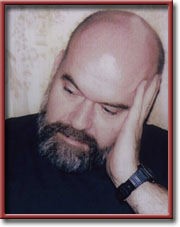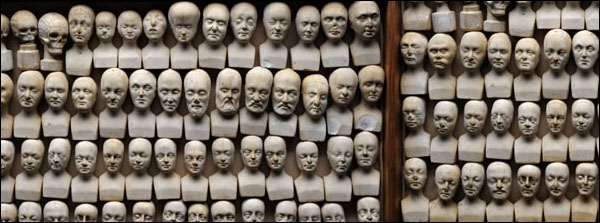Closing the “Other” Income Gap
“Ironically, the recession, caused importantly by income and wealth inequalities, has worsened those inequalities. With respect to wealth, that’s in large part because the stock market, the chief source of the net worth of the well-heeled, has recovered smartly from its 2009 trough, while housing values, the only source of the net worth of the middle class, continue to slide, at least by an annual reckoning. But there is another gap of perhaps less significance, but one that itself serves to widen the headlined 1-99-percent gorge.” Sanford Rose
Dolors & Sense
by Sanford Rose

 KISSIMMEE Florida—(Weekly Hubris)—7/9/2012—Everybody knows about the big income gap—the much-publicized chasm between the 1 and the 99 percent.
KISSIMMEE Florida—(Weekly Hubris)—7/9/2012—Everybody knows about the big income gap—the much-publicized chasm between the 1 and the 99 percent.
The distribution of income in the US has become progressively more unequal—almost as unequal as in Mexico or Brazil.
Ironically, the recession, caused importantly by income and wealth inequalities, has worsened those inequalities. With respect to wealth, that’s in large part because the stock market, the chief source of the net worth of the well-heeled, has recovered smartly from its 2009 trough, while housing values, the only source of the net worth of the middle class, continue to slide, at least by an annual reckoning.
But there is another gap of perhaps less significance, but one that itself serves to widen the headlined 1-99-percent gorge.
It is the gap between the earnings of the primary care physician and the medical specialist.
The former usually takes in between $100,000 and $150,000 per annum, while many of the latter, especially orthopedists, dermatologists, radiologists and oncologists, walk away with four and five times that figure.
What’s the reason and why should we be concerned about disparities among the privileged? (Incidentally, about one in six of the top 1 percent is a doctor.)
The reason is the dysfunctional Medicare and insurance-company billing system.
Created in a period when testing technology was relatively primitive, and procedures and tests were thought to consume more time and require more work intensity than office visits, the billing system valued the activities (basically a function of skill and time spent) of those who ordered tests, mostly specialists, more highly than those of primary care physicians. So they got paid more.
Today, technology has routinized tests (and often also their interpretation), but no one has found a way to automate the standard office visit.
Today, a good PCP (Primary Care Physician) needs at least as much skill as a good specialist.
And, given the aging of patient populations and the as-yet inadequate emphasis on disease prevention, which often requires the intercession of an authority figure who can gradually work to modify unhealthy behaviors, the good PCP generally should be scheduling longer office visits than his specialist colleagues.
So he should be getting paid as much as, or more than, they. But, since the specialists still control the billing committees (and the government doesn’t want to open the proverbial Pandora’s box), he doesn’t.
The medical reaction to this circumstance is, as might be expected, twofold. First, the most promising medical students shun primary care. And, second, those already in it are driven to offset unattractively low per-capita payments by maximizing office throughput.
Neither approach serves the interests of the country, which thereby suffers from a dearth of talent in the area of preventive medicine, and of its poorest citizens who, lacking basic health information, have the greatest need for qualified primary care.
Narrowing the income gap within the medical community will serve both to trim overall health costs and, by improving health outcomes for the poorer segments in the economy, help them to bid for a bigger share of the income pie.
